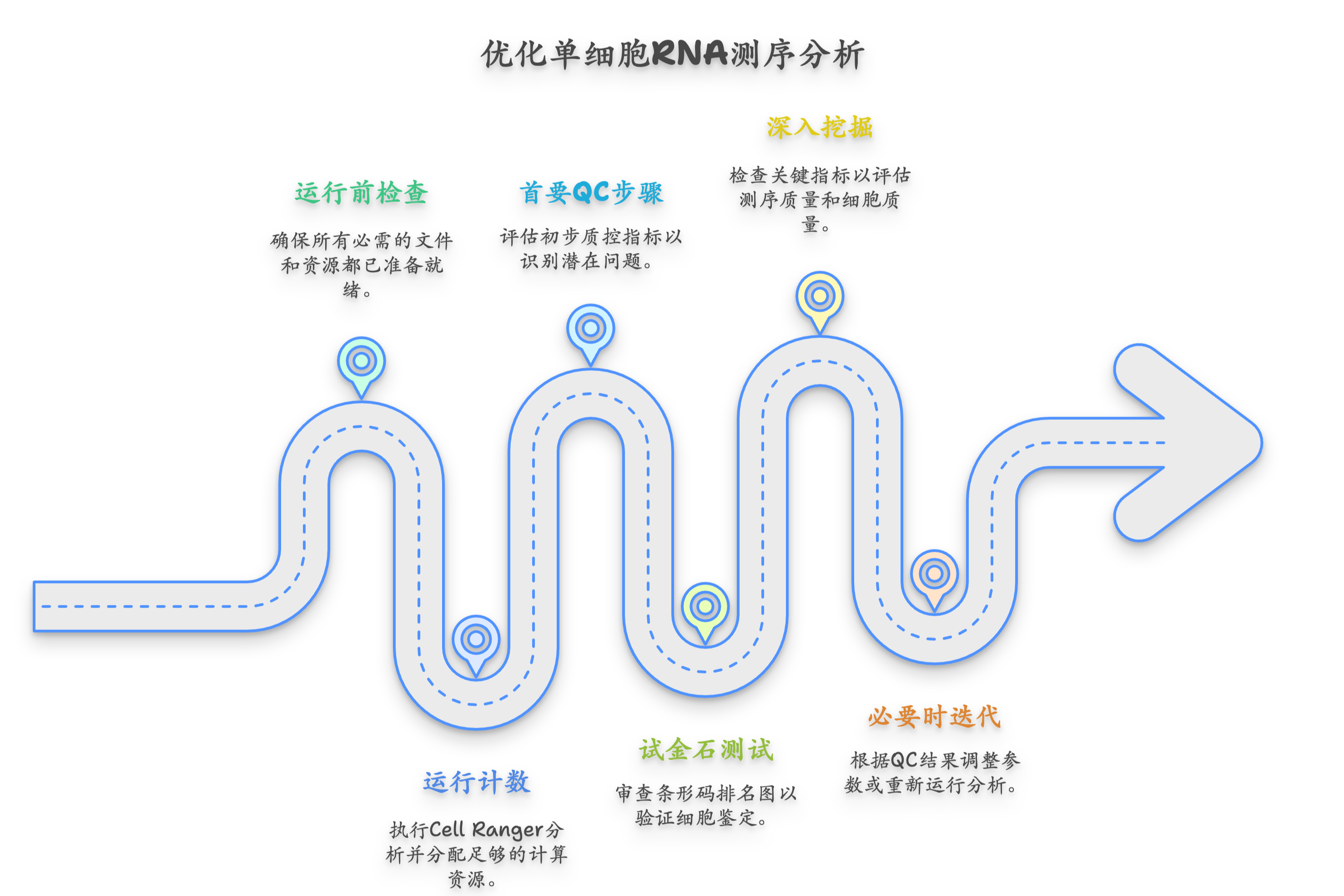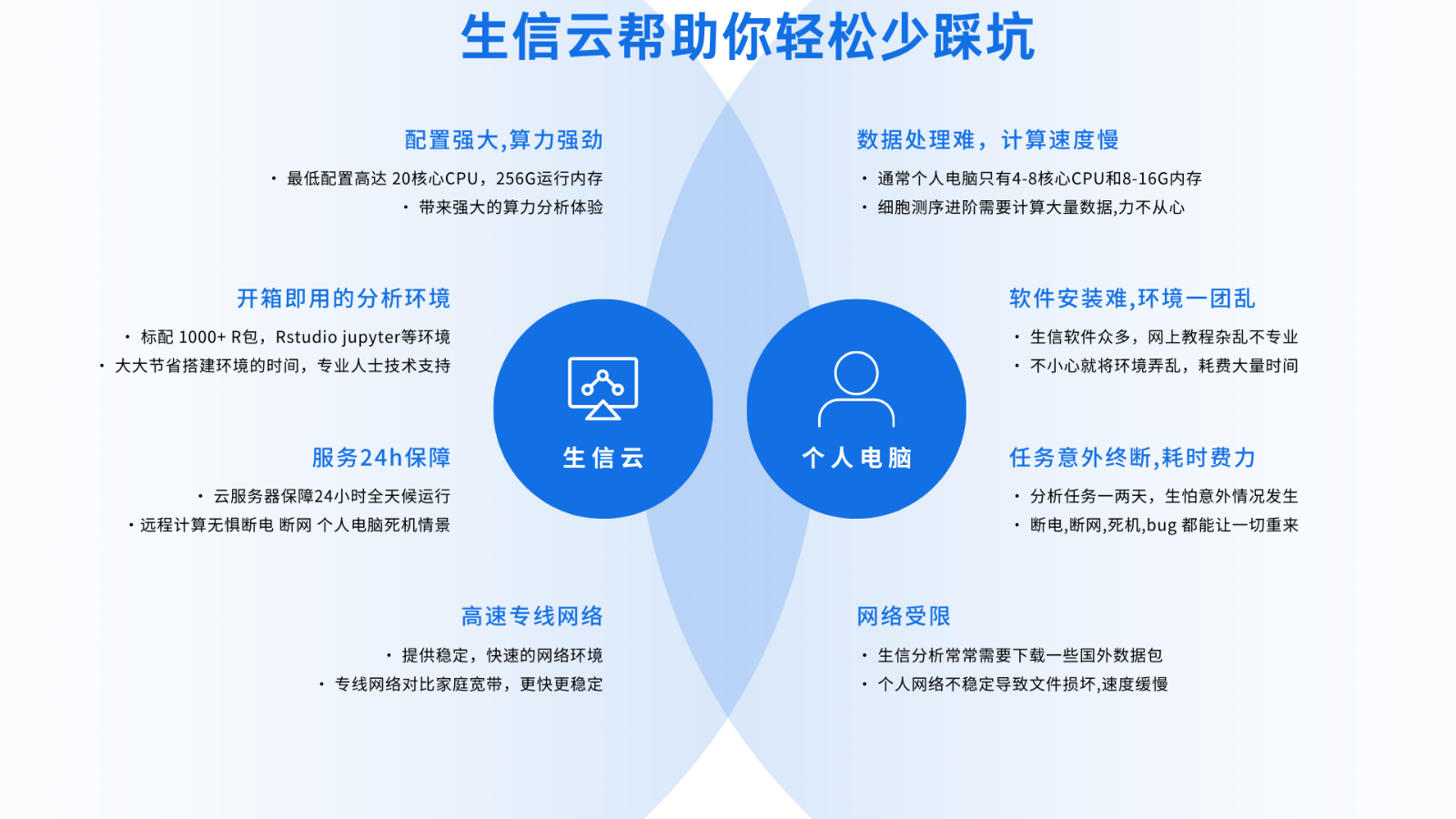
integrative omics processing platform serves as a cornerstone for modern personalized healthcare research. Such platforms are engineered to process large-scale biological data and extract actionable insights. By leveraging advanced algorithms and domain-aware pipelines, they accelerate discovery across genomics and translational research.
Cloud-Ready Bioinformatics Servers for Massive Sequencing Workloads
High-throughput experiments produce massive biological datasets that tax traditional compute environments. Scalable compute architectures enable timely analysis of sequencing experiments and downstream workflows.
- An important feature is dynamic resource scaling to handle fluctuating analysis loads.
- Additionally, parallel pipelines and distributed compute frameworks speed up complex workflows.
- Applications include alignment, variant discovery, functional annotation, and predictive modeling of disease.
Moreover, cloud infrastructure now gives scientists on-demand access to high-throughput computing and storage.
On-Demand Bioinformatics Clouds for High-Throughput Genomics
Growth in sequencing throughput has accelerated the need for elastic, tool-rich bioinformatics clouds. Such clouds deliver instant access to compute clusters, object storage, and curated bioinformatics toolchains.

Scalable, Distributed Computing for Thorough Bioinformatics Workflows
Research pipelines for genomics and proteomics need extensive processing capacity and optimized tooling. Relying solely on in-house hardware can limit flexibility and slow time-to-result for large studies.
Using cloud compute, teams can process large cohorts and run computationally intensive models effectively.
The cloud lets teams right-size infrastructure per project, lowering total cost of ownership and accelerating teamwork.
Bioinformatics in the Cloud: Tailored Next-Generation Solutions
The field’s trajectory encourages cloud providers to offer focused stacks optimized for life-science analytics. They bundle curated pipelines, scalable compute, and collaborative tools to accelerate translation from data to insight.
Furthermore, cloud elasticity permits instant scaling that broadens access to high-performance analytics for diverse groups.

On-Demand Compute to Streamline Genomic Workflows
When workflows require bursts of compute, on-demand servers present a cost-effective, rapid solution. Avoiding on-prem hardware reduces administrative overhead and shortens time-to-result for analyses.
Many providers offer ready-to-run images with alignment, variant-calling, and annotation tools installed. Less time spent on setup equals more time for analysis, validation, and collaborative interpretation.
Bioinformatics-as-a-Service: Cloud Tools for Rapid Discovery
Platform services deliver versioned pipelines, data integration, and analytics that accelerate research workflows. Cloud services help translate raw sequence data into actionable results for therapeutic research and clinical contexts.

- Managed bioinformatics services scale with project needs to facilitate high-throughput analysis.
- Cloud services support collaborative projects with centralized data access and workflow sharing.
- Automated pipelines and AI models speed discovery of associations and functional annotations.
Tailored Medicine Realized via Bioinformatics Processing
The surge in individual-level molecular data fuels precision approaches that customize patient therapy. With robust algorithms, analysis servers enable personalized regimen design, biomarker-driven treatment selection, and outcome tracking. Near-real-time analysis empowers clinical teams to respond to patient-specific molecular signals effectively.
Bioinformatics Computing Illuminates Complex Biological Systems
Algorithmic analysis decodes biological complexity across scales from molecules to systems. Deep data analyses detect low-frequency events, structural variants, and pathway perturbations.

Computational infrastructure offers the tools and scale necessary to interrogate biological complexity rigorously.
Next-Gen Bioinformatics Infrastructure for Scalable Discovery
As data volumes surge, research requires next-generation infrastructure tailored for bioinformatics workloads. They blend parallel compute, scalable object storage, and workflow engines to accelerate discovery across domains.
- Cloud services present adaptable compute and storage options that match project size and throughput needs.
- Tools focused on variant interpretation, assembly, and pathway analysis are under active development.
bioinformatics computing server
Such infrastructure supports multi-institutional projects and speeds translational and applied research outcomes.
An Advanced Bioinformatics Platform for Analysis and Discovery
Modular bioinformatics suites deliver end-to-end capabilities from raw reads to functional and structural interpretation. The suite supports alignment, annotation, transcript assembly, phylogenomics, and 3D structural prediction with curated resources. A user-focused UI, documentation, and reproducible workflows make advanced analytics approachable for scientists and developers.
